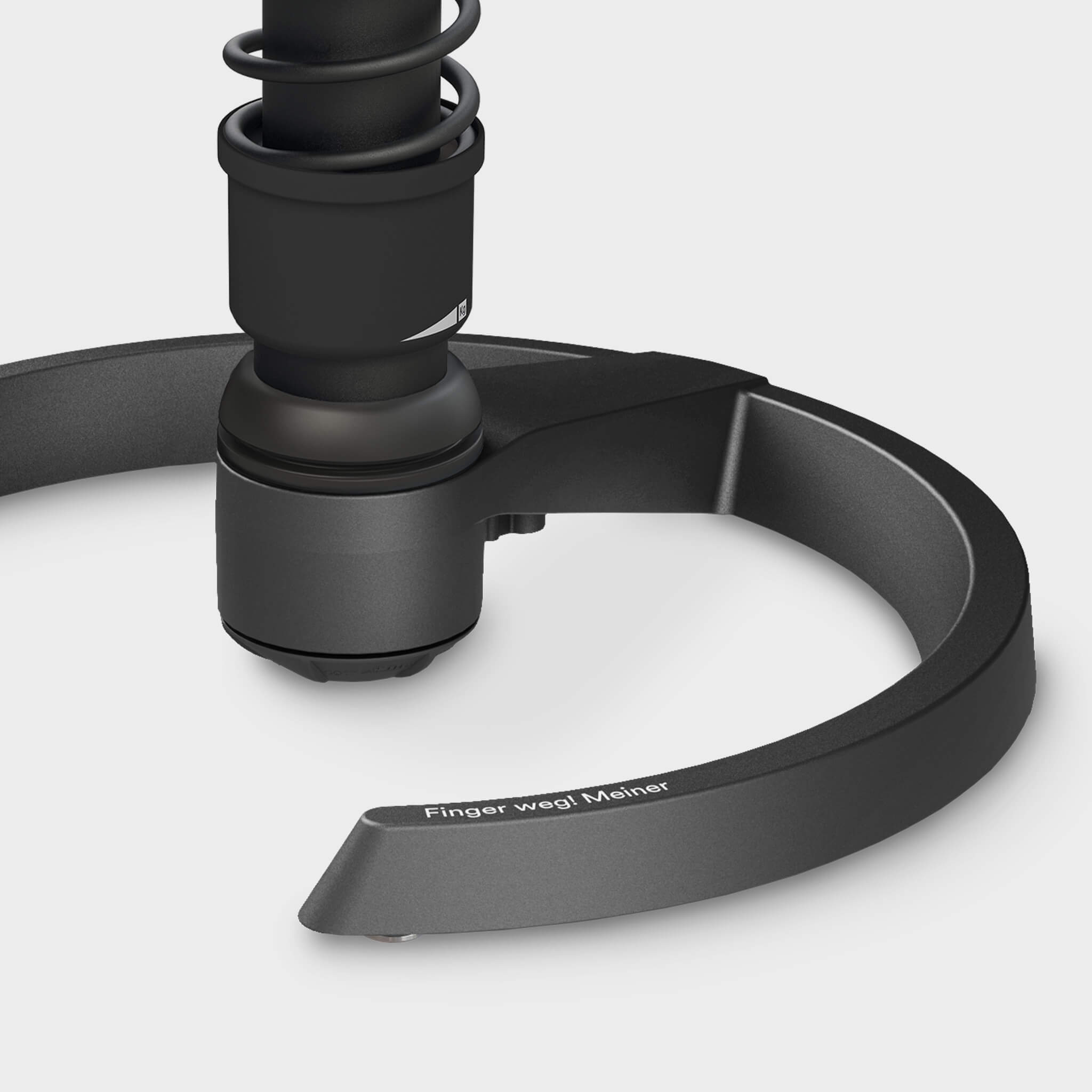What is Psoas?
A distinction is made between the psoas major muscle, which is the large lumbar muscle, and the psoas minor muscle, which is the small lumbar muscle. The latter is found in less than half of all people, and in many mammals it is not even present. If a psoas minor muscle is present, it lies on the large lumbar muscle, but as an individual muscle it is not particularly important.
The psoas major is a skeletal muscle of the so-called lower extremity. It begins at the lower back and runs laterally over the upper part of the thigh. It is primarily responsible for the mobility of the hip and for moving the leg forward.
Tension in the lumbar muscles leads to back pain
The psoas, or rather the psoas muscles, are prone to tension. The muscle itself does not hurt when it is tense, but the lower back muscles, which have to counteract this tension, do. Since they are often much weaker than the lumbar muscles, counteracting this tension is strenuous for them: they get tired and hurt over time.
If the back pain is caused by tense psoas muscles, it is not immediately obvious - after all, it is the lumbar spine where the pain occurs. However, a doctor can determine whether the psoas is the culprit relatively easily based on the condition in which the pain occurs. For example, the pain often occurs when standing upright (and not when bending forward). It may also be that the thighs are not resting on the ground when lying on the back or that the patient has a hollow back due to the tilted pelvis.
How do psoas tensions arise?
Poor posture and one-sided tension are often the cause of tension in the lumbar muscles. Not only those who work while standing in a bent position are at risk, but also those with a desk job, as many people sit "crooked" and hunched over in front of the computer despite supposedly ergonomic office furniture.
Psoas syndrome is also often mentioned in this context. Chronic incorrect loading can lead to chronic (spasmodic) shortening of the lumbar muscles. This causes incorrect rotation and forced lateral bending of the lower spine in combination with tilting and/or rotation of the pelvis. In the worst case, the muscle tension can even affect internal organs.
How can you counteract tension in the lumbar muscles?
First of all, poor posture and incorrect strain should be avoided as far as possible or at least regularly compensated for - this applies not only to standing work or physical work, but also to desk workers. Since sitting for too long in a rigid and therefore stressful position can lead to tension and cramps in the lumbar muscles, you should avoid sitting motionless as much as possible. Aeris active office chairs such as the Swopper and Muvman, as well as the Aeris 3Dee active chair, offer a simple and effective solution. Thanks to the patented 3D technology, the owner moves a lot and constantly compensates for his sitting position. This constant movement strengthens the abdominal and back muscles and they can better counteract strong lumbar muscles.
